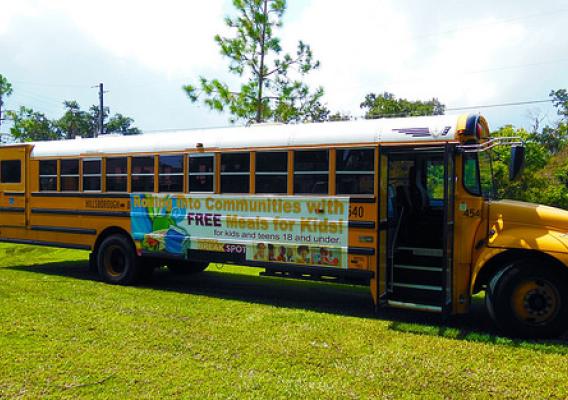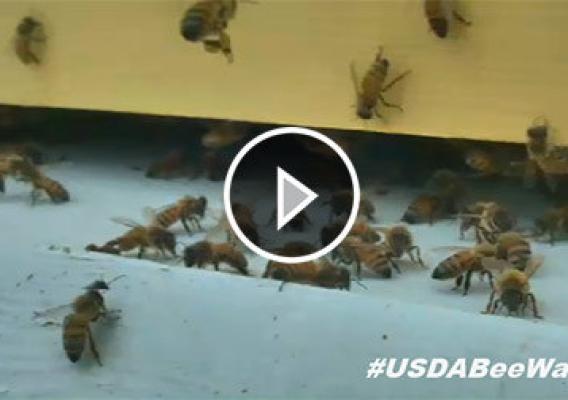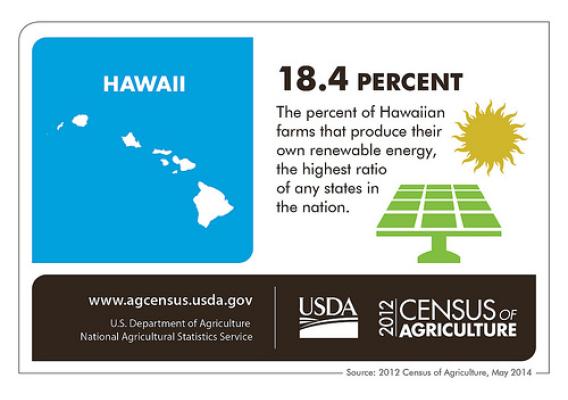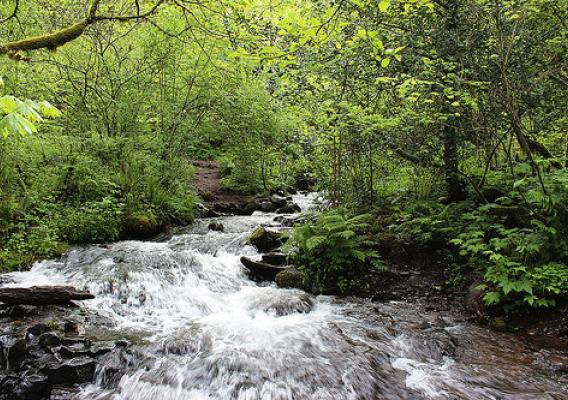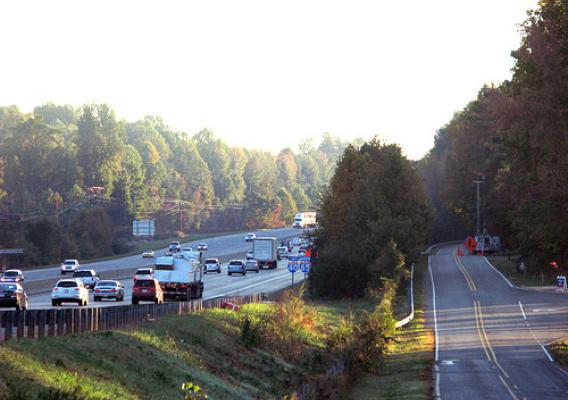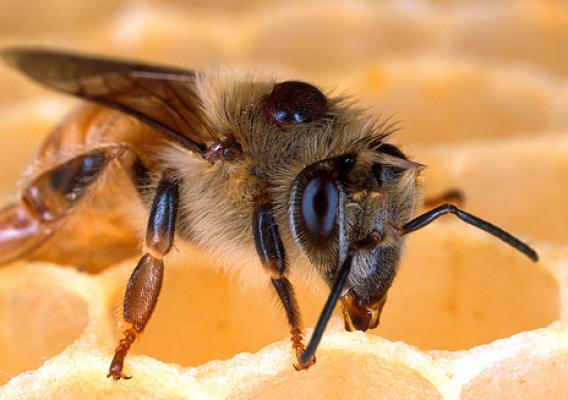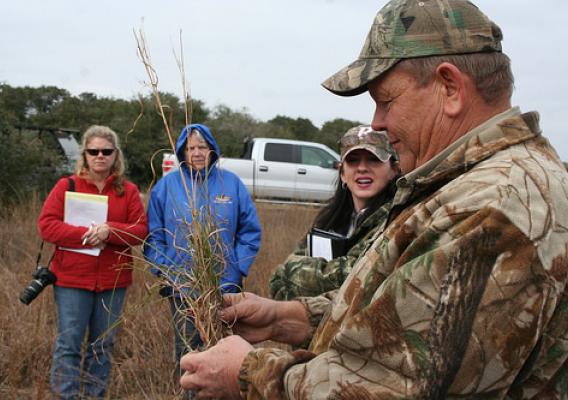This post is part of the Science Tuesday feature series on the USDA blog. Check back each week as we showcase stories and news from the USDA’s rich science and research portfolio.
You’ve probably heard that the honey bees in this country are in trouble, with about one-third of our managed colonies dying off every winter. Later this week, we will learn how the honey bees survived this winter. With severe weather in a number of areas in the U.S. this winter, a number of us concerned about bees will be closely watching the results.
While scientists continue work to identify all the factors that have lead to honey bee losses, it is clear that there are biological and environmental stresses that have created a complex challenge that will take a complex, multi-faceted approach to solve. Parasites, diseases, pesticides, narrow genetic diversity in honey bee colonies, and less access to diverse forage all play a role in colony declines. To confront this diverse mix of challenges, we require a mix of solutions – the odds are that we won’t find one magic fix to help our honey bees.

